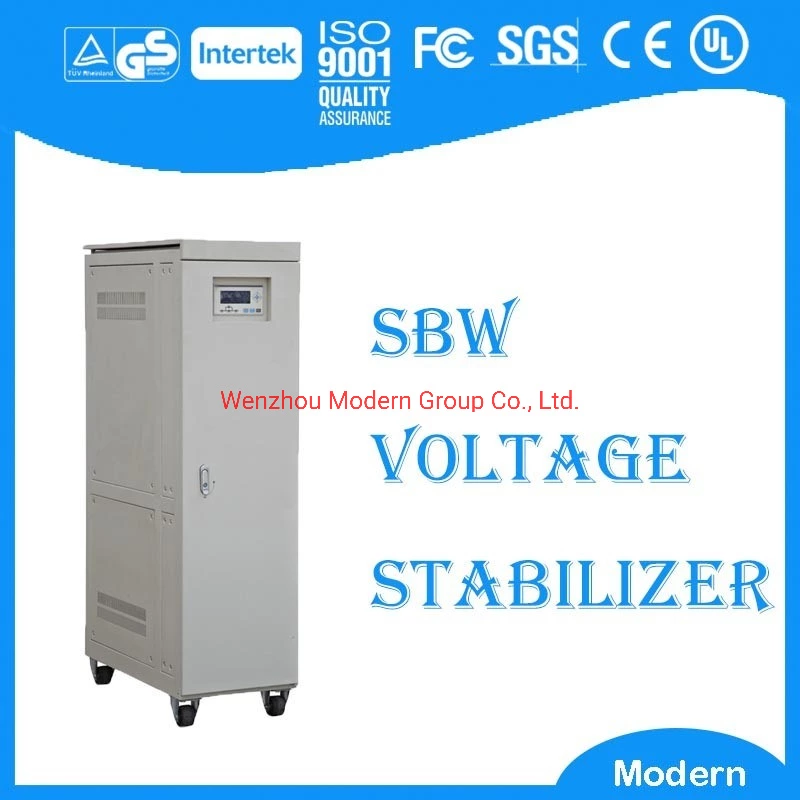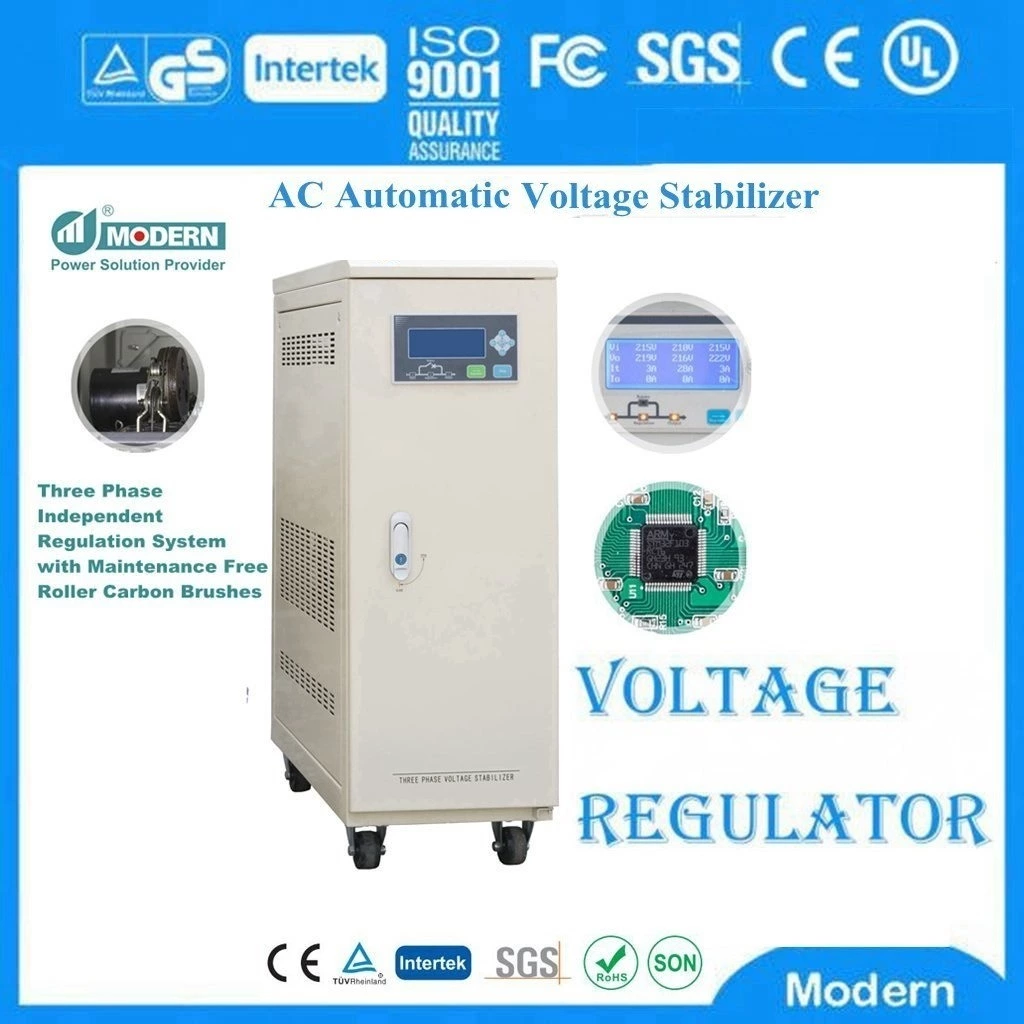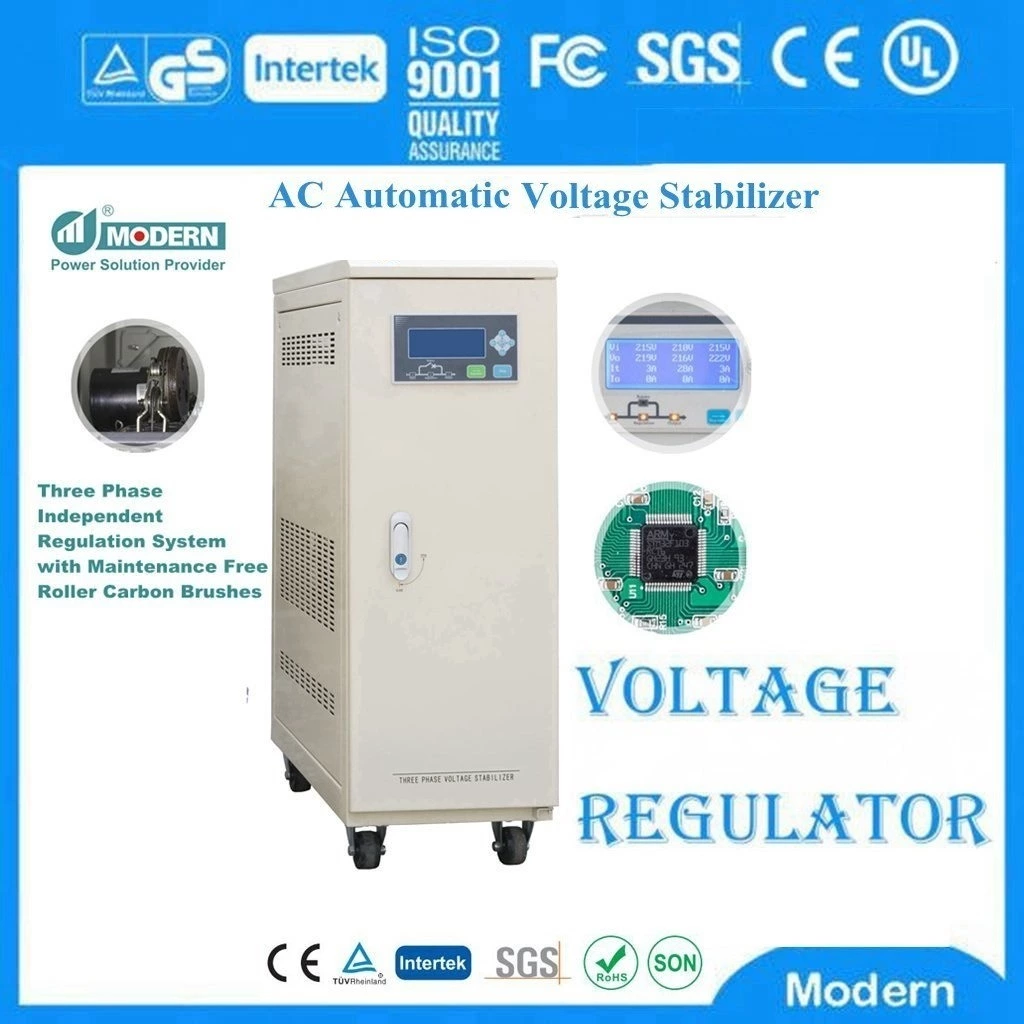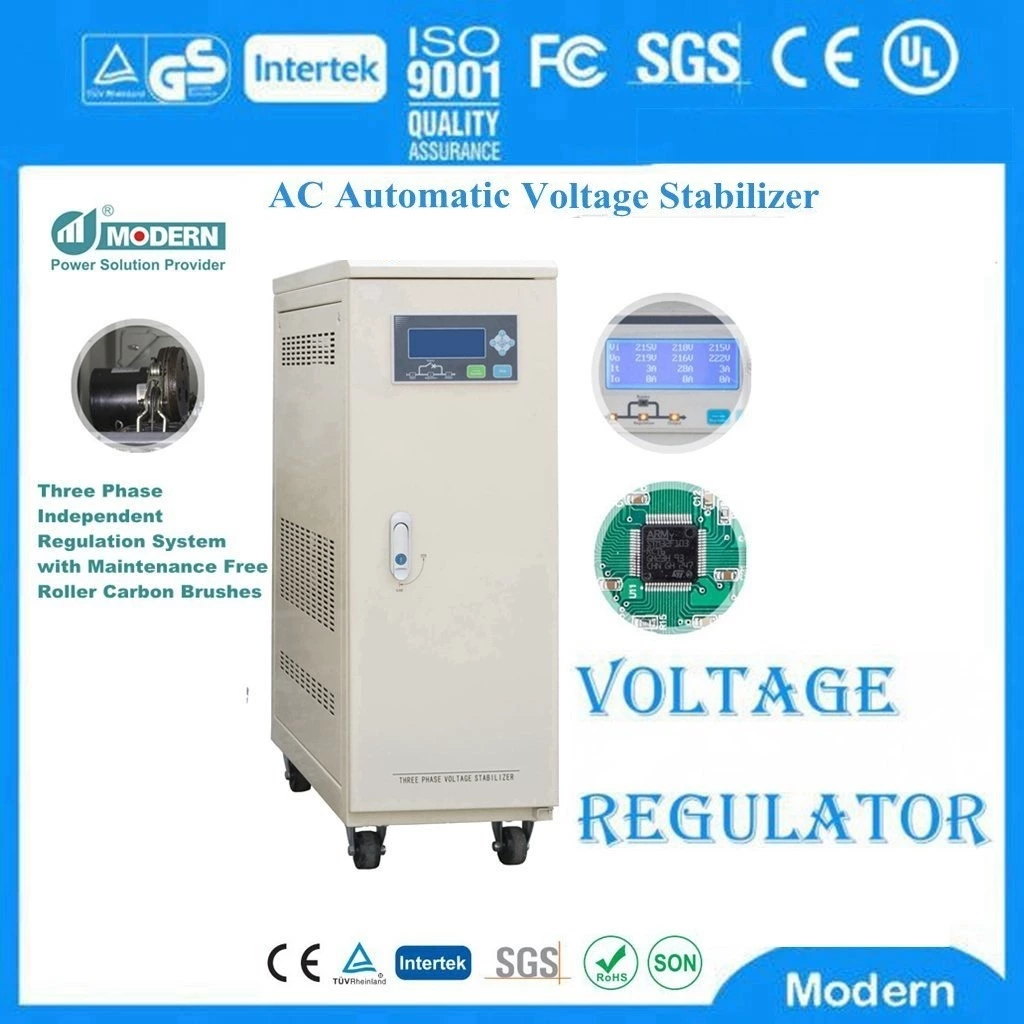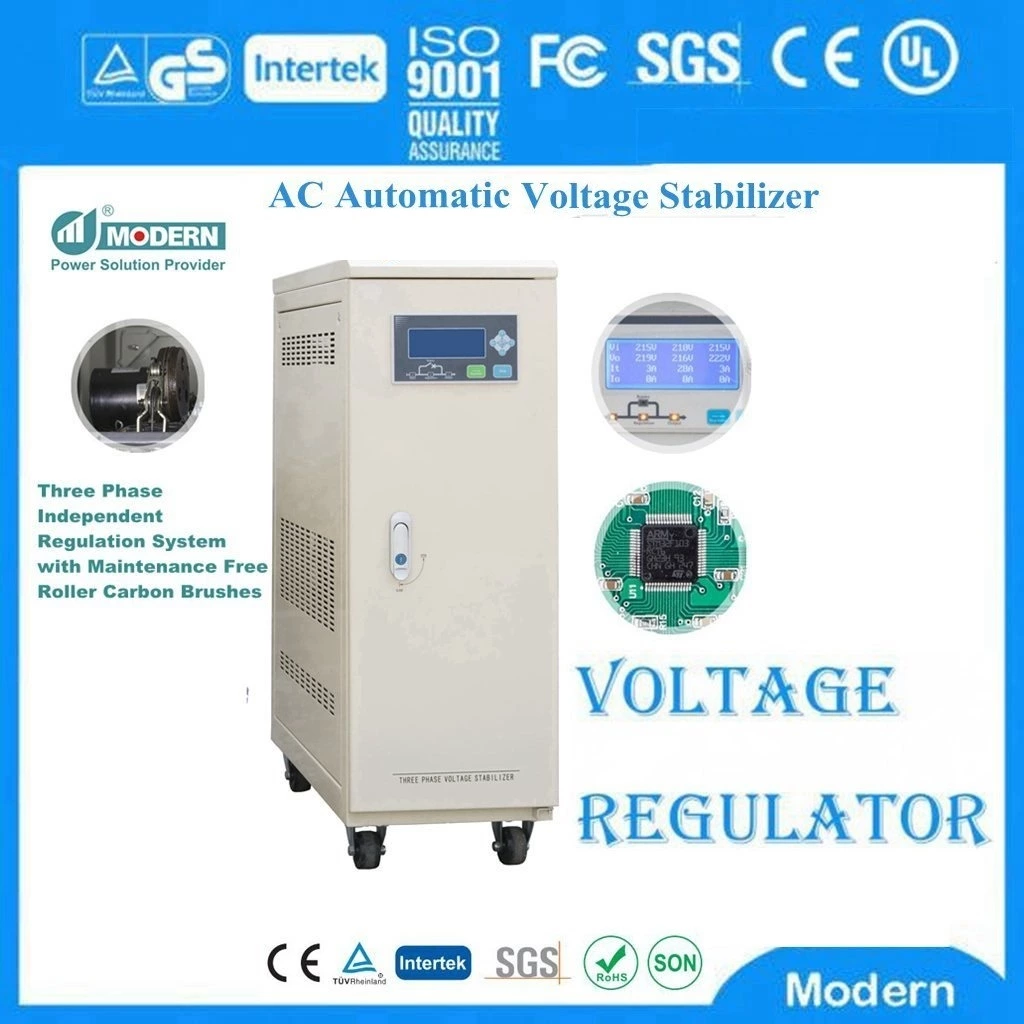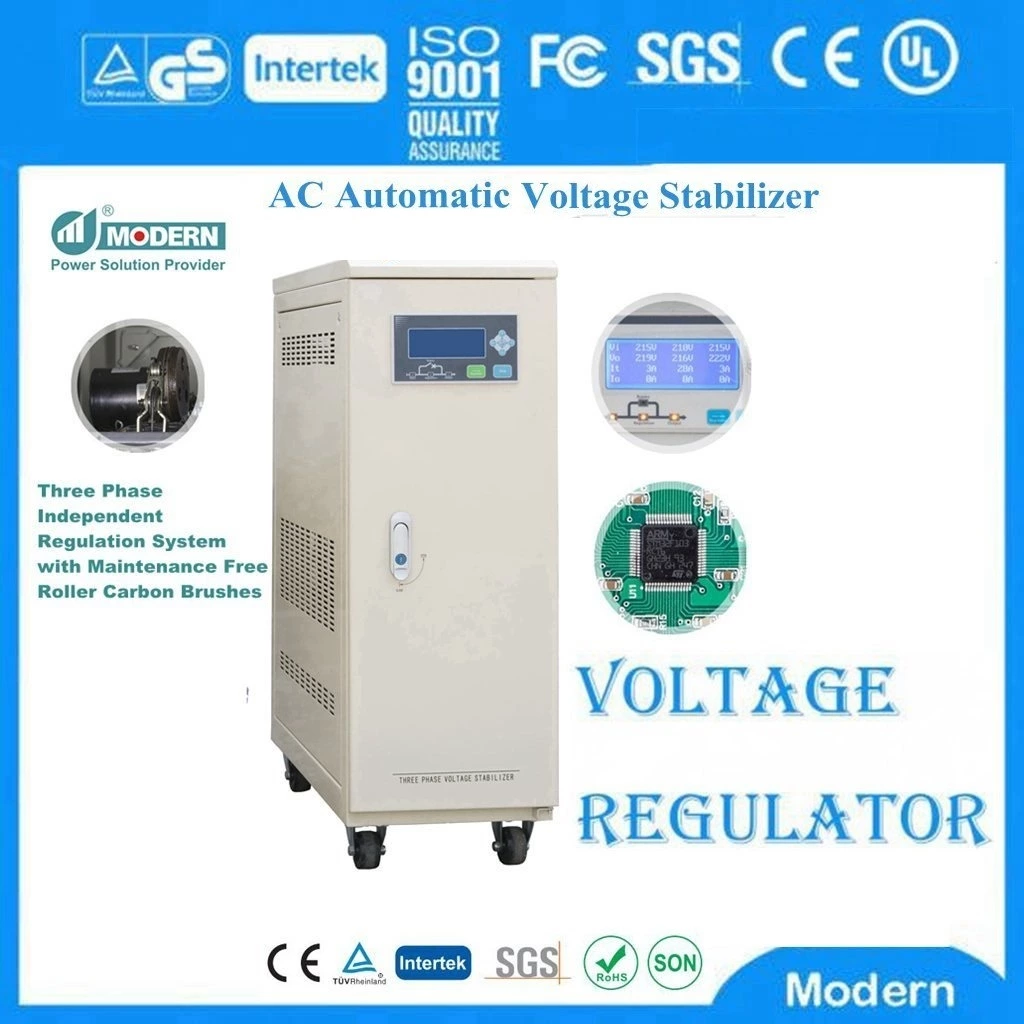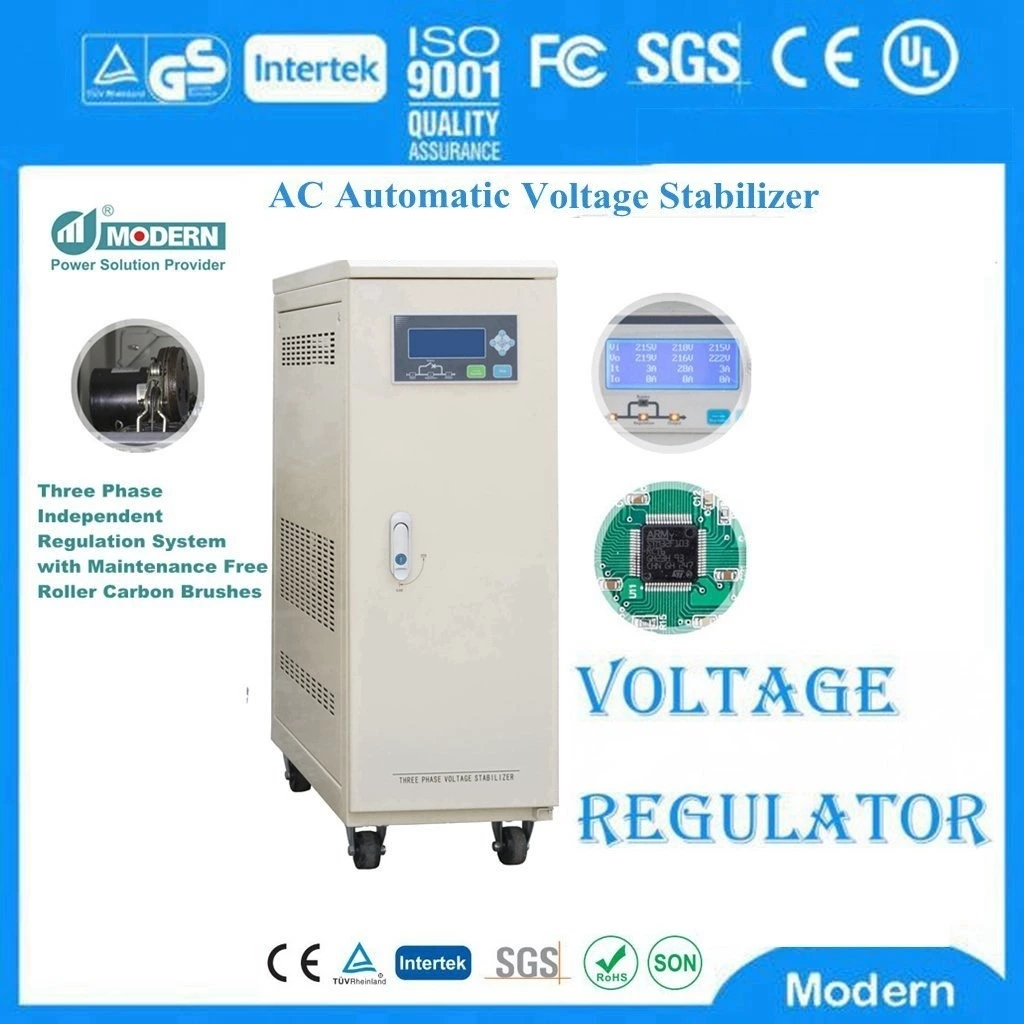Can A Leakage Protector Be Installed At The Input End Of The Voltage Stabilizer
When using Static Voltage Stabilizer, you must never use a leakage protector at the input end of the voltage stabilizer. This is a major principle for using a voltage stabilizer.
Some users choose a corresponding leakage protector or leakage switch for the voltage stabilizer when using it. The final result is that when the voltage stabilizer is started, the leakage protector is protected, and the voltage stabilizer cannot be used at all.
Why?
The principle of the leakage protector is that the current of the neutral line is zero. When using a voltage stabilizer, the current of the neutral line cannot be zero.
There are isolation transformers and voltage regulators inside the voltage stabilizer. When starting, the transformer is equivalent to the capacitor effect. When the power is turned on, the transformer and the voltage regulator are instantly charged, causing the neutral line to carry current and form a current loop. If a leakage protector is used at the incoming line, it will act, cut off the input power supply, and cause the voltage stabilizer to be powered off and unusable.
So please do not use a leakage protector at the input end of the voltage stabilizer. If the customer insists on using it, please use a leakage protector at the output end of the voltage stabilizer to ensure the safe use of the voltage stabilizer. The voltage stabilizer must be grounded. Alternatively, you can purchase an intelligent contactless AC voltage stabilizer produced by YiBo and install a leakage protector on the input terminal.
 Русский
Русский
 Français
Français
 Português
Português
 Español
Español
 اللغة العربية
اللغة العربية
